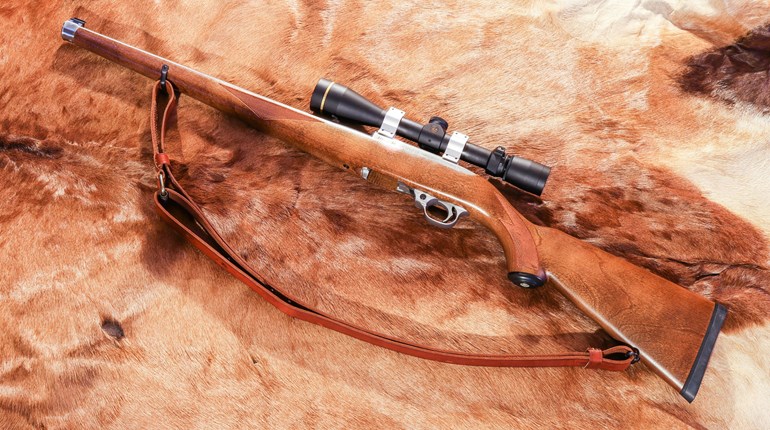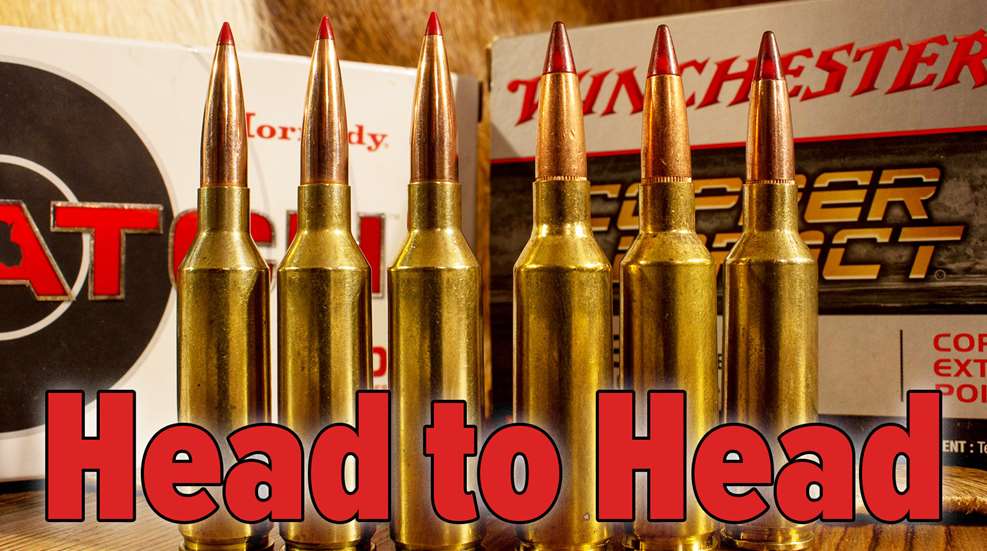
It seems the short, fat and efficient cartridges have regained some huge fans in recent years. While the majority of the Winchester WSM and WSSM lines, as well as the Remington SAUM line, have faded into near obscurity, Hornady’s PRC line and the Winchester/Browning collaboration of the 6.8 Western have garnered some fervent fans. And while the target crowd may not have a strong opinion on action length, hunters seem to enjoy and embrace the speedier short-action cartridges. I get a good number of messages from those shopping for a new rifle/cartridge combination, and many prospective shoppers inquire about the differences and similarities of the 6.5 PRC and the 6.8 Western, so I figured it’d be a good idea to throw these two in the ring.
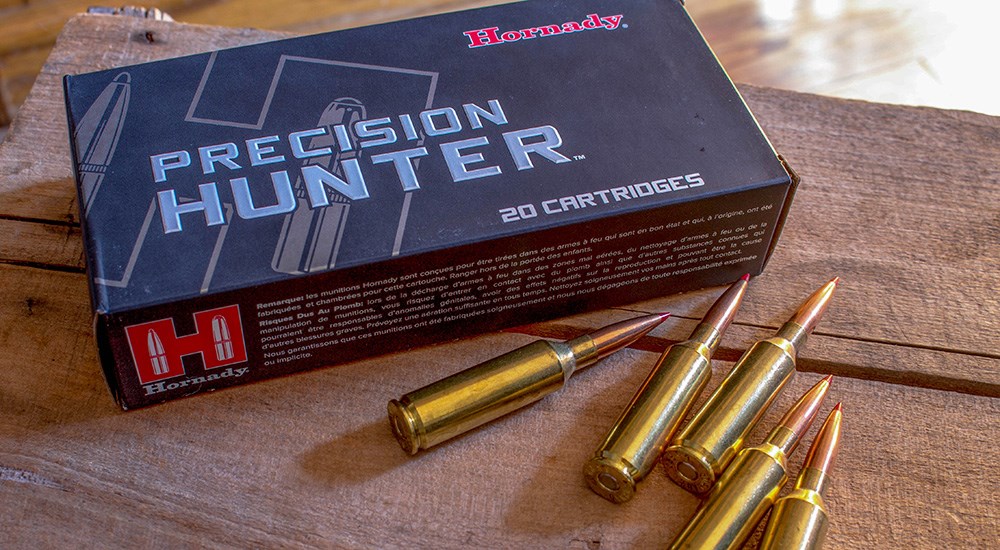
The 6.5 PRC is the older of the pair, having been announced at the 2018 SHOT show, where the 6.8 Western had its formal announcement early in 2021. Many looked at Hornady’s 6.5 PRC as the bigger brother to the 6.5 Creedmoor, giving a definite velocity advantage, while the 6.8 Western—a collaboration between Browning and Winchester—somewhat puzzled the hunting community, as Winchester already had the .270 Winchester Short Magnum. But as you'll see, both have earned their place at the table, giving good performance in the hunting field.
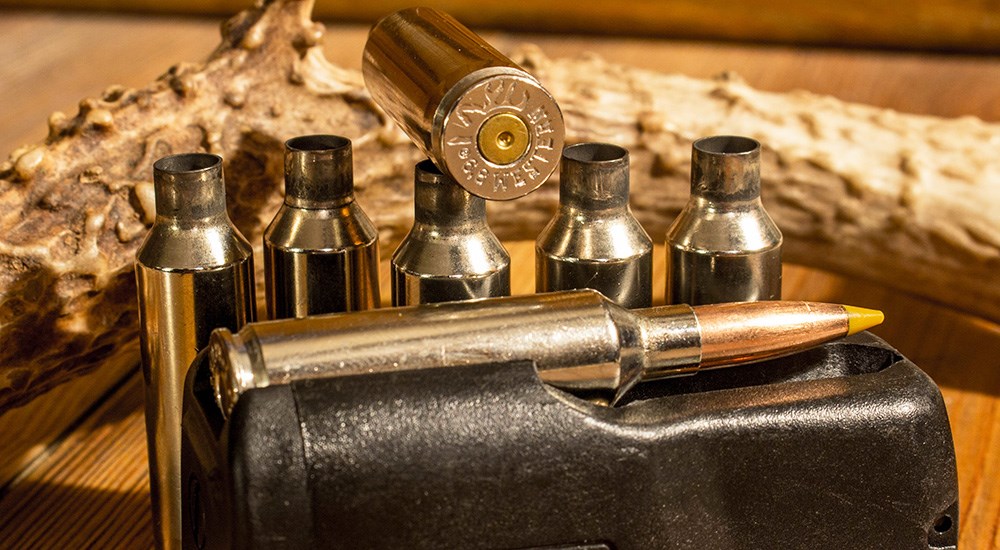
Looking at the exterior case dimensions, you’ll find these two up-and-comers have very similar profiles. Both have cases made shorter than normal—at least in comparison to other short-action cartridges—in order to use longer bullet designs within the confines of a short-action magazine. The 6.5 PRC comes in at 2.030 inches, while the 6.8 Western is only a tiny bit shorter at 2.020 inches. Where the 6.5 PRC uses a 30-degree shoulder to headspace the rimless design , the 6.8 Western uses a 35-degree shoulder, giving a slight increase in case capacity. Both cases use a case head diameter common to the Holland & Holland family of cases—so bolt face construction will be affordable—and both cartridges keep body taper to a minimum for best case capacity, yet both feed wonderfully in a properly constructed rifle.
The 6.5 PRC takes full advantage of the majority of spitzer bullets in 6.5mm caliber, with factory ammo utilizing bullet weights up to 156 grains; the 6.8 Western uses all of the .277-inch-diameter bullets common to the .270 Winchester and .270 WSM, but the tighter twist rates can use bullets as heavy as 175 grains. Whereas the older .270 cartridges use a 1:10-inch twist rate which will see bullet weights in factory ammo usually top out at 150 grains, the 6.8 Western case and rifle have been optimized for bullets much heavier than what is normally associated with bore diameter. Winchester rifle barrels use a 1:8-inch twist rate and Browning uses a 1:7.5-inch twist rate. The 6.8 Western case is shorter than the .270 WSM case, to allow for the seating of the longer bullets.
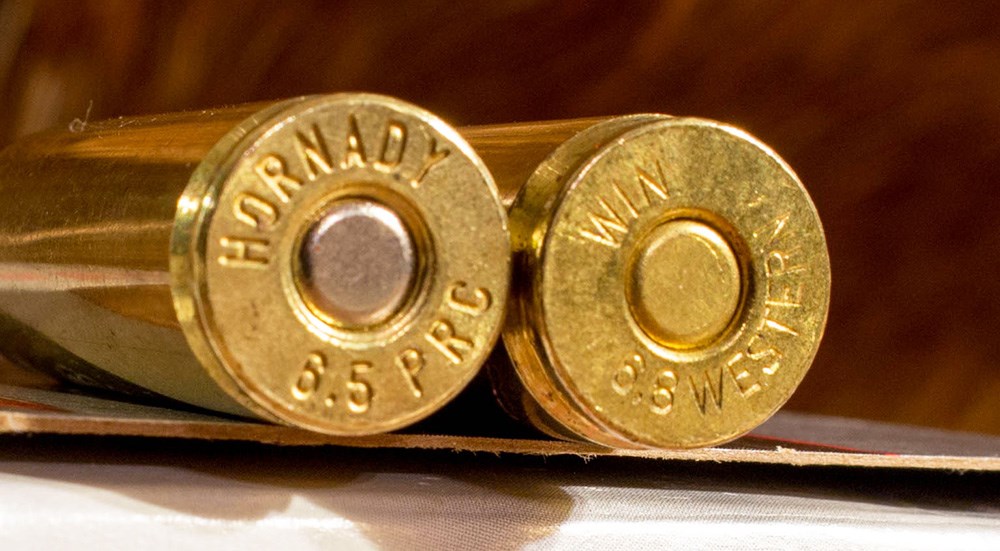
Both of these cartridges offer magnum performance, yet neither has the word magnum in their name. Hornady developed the 6.5 PRC—the first in what is now a trio of cartridges, including the 7mm PRC and 300 PRC—to pull double-duty as both a hunting cartridge and target cartridge, and it fills that role well. The Hornady 147-grain ELD-Match in the 6.5 PRC at 2910 fps surely performs well as a long-range target round, but so does the Winchester 170-grain Match load at the same velocity in the 6.8 Western. But, since we’re the American Hunter, let’s compare two of the most popular hunting loads: Hornady’s 143-grain ELD-X in the Precision Hunter line for the 6.5 PRC and Winchester’s 165-grain AccuBond load in the Expedition Big Game Long Range line. The former has a muzzle velocity of 2960 fps and the latter a muzzle velocity of 2970, and within ¼-inch, the trajectories are identical to 500 yards: with a 200-yard zero, you'll hit roughly 6 inches low at 300 yards, 18 inches low at 400 and 36 inches low at 500 yards. The two bullets have almost identical G1 ballistic coefficient values, though the heavier 165-grain bullet of the 6.8 Western has a bit better sectional density—0.307 as compared to the 6.5 PRC’s 0.293. Obviously, the 6.8 Western’s heavier bullet will have—and retain—more energy; about 450 ft.-lbs. more at the muzzle, and 250 ft.-lbs. more at 500 yards. While we do our best to quantify every characteristic of our cartridges, the visible impact of the heavier 6.8 Western is visible in the field; perhaps the heavier bullet destroys more vital tissue, or offers deeper penetration.
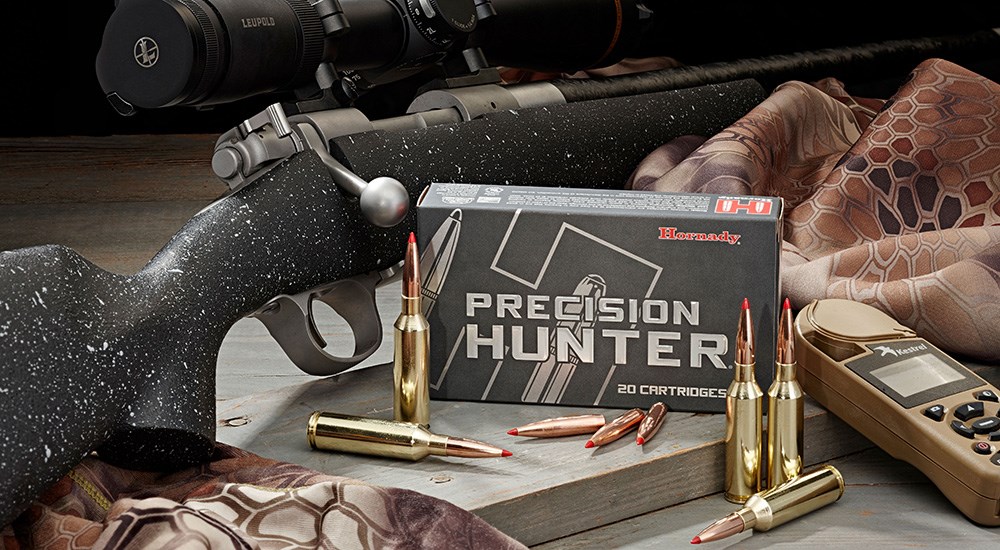
Factory ammunition for the 6.5 PRC is not just available from Hornady—though their ELD-X and CX are excellent hunting bullets—but from Federal, Remington, Winchester, Browning, Norma, Berger, Nosler and more. The 6.8 Western is, at least for the time being, being produced by Winchester and Browning only, though their stuff has proven to be wonderful. From the Winchester 162-grain Copper Impact, to the 165-grain Nosler AccuBond, to the 170-grain Match, Ballistic Silvertip and Power Point, to Browning’s 175-grain Sierra Tipped GameKing, this stuff is great both on paper and on fur. So which makes the better choice?
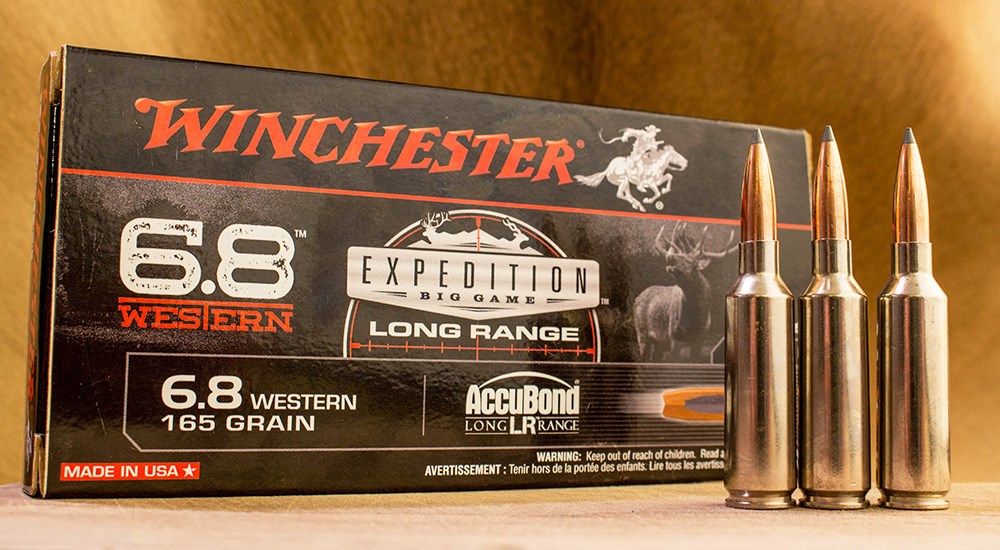
I really like them both, and I think both have a place in the modern market, but that the application of the cartridge should dictate which one you choose. Are you a hunter who pursues only whitetail deer, or the occasional black bear or pronghorn antelope? Then the 6.5 PRC will check all the boxes without issue. Should you find yourself wanting to pursue some of the larger and tougher species, like aoudad, elk, moose or anything which you feel would require more than 140 to 156 grains of bullet, the 6.8 Western is the way to go. A 175-grain Sierra will handle the largest of moose, and if I want to drop down in bullet weight, my Browning X-Bolt in 6.8 Western loves the 140-grain Badlands Precision Bulldozer 2 at over 3100 fps. Personally, I like flexibility, and the 6.5 PRC offers the flexibility in ammunition choices, while the 6.8 Western offers a much wider choice of bullet weights, especially for the hunter who handloads their ammunition and takes advantage of the full range of .277-inch-diameter bullets.
In this instance, I prefer the 6.8 Western, so much so that when it was time to send the test rifle back, I sent a check instead; I really like Winchester/Browning’s new design.
Looking for previous installments of our "Head to Head" series? Click here.















